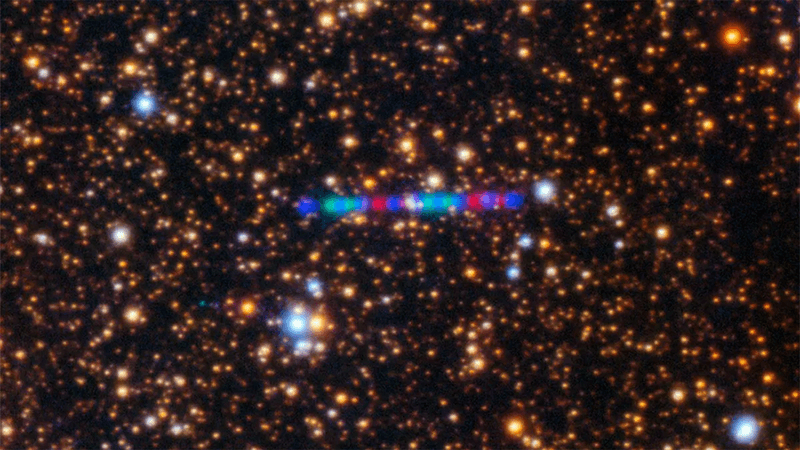The most powerful black hole ever discovered resides in the galaxy cluster MS 0735.6+7421, 2.6 billion light-years away in the constellation of the Giraffe (Camelopardalis).
The rest of this article is behind a paywall. Please sign in or subscribe to access the full content.It has a mass estimated around 10 billion solar masses, and every second produces the same amount of energy emitted by the Sun every 200,000 years. In its 100 million years of activity, it has emitted 1055 Joules of energy, consuming a mass equivalent to 600 million solar masses.
Although discovered in 2005, astronomers are still unsure where all this material came from. Large black holes are expected to have grown very little in the recent past, so scientists are definitely intrigued by this object. A leading theory suggests that the gas in the galaxy suddenly and catastrophically cooled and was swallowed by the black hole. This black hole is “feasting when it should be fasting” as it was once described.
The monstrous black hole has a dramatic effect on the entire cluster. Materials between the galaxies in the cluster are heated up to 100 million degrees Kelvin and two large cavities, 600,000 light-years across, have been produced by the powerful jets of the black hole.
The jets are made by highly energetic electrons which emit radio waves (the pinkish light in the image above). These electrons move through the hot intergalactic gas at supersonic speed up to a million light-years from their source, forming the seen gaps.
Astronomers were able to estimate the energy of the black holes (among other properties), just by looking at the size of the cavities. The X-ray telescope Chandra, which was used to discover the object, has seen other cavities like these but never of such enormous size.
This image of MS 0735.6+7421 is one of a collection of six images released from the Chandra Data Archive in early October, which has been collecting data for 16 years, operating as NASA's X-ray observatory.





